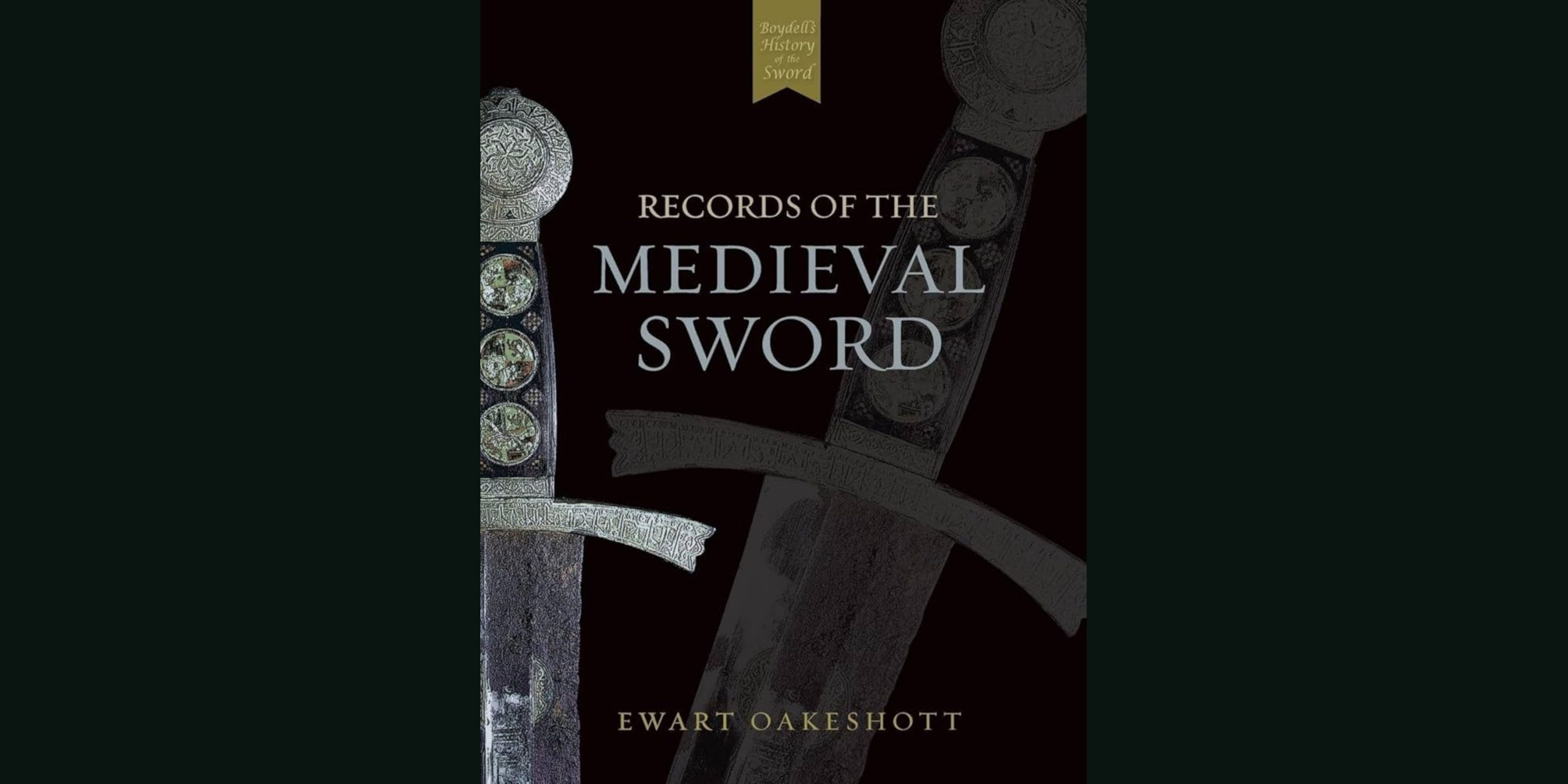
The Oakeshott typology is the most widely accepted classification system for medieval European swords, particularly those from the late Viking Age through the late Middle Ages (roughly 1000 to 1550 AD). Named after the British historian and collector Ewart Oakeshott, the system brought clarity to an area once blurred by inconsistent terminology and imprecise categorisation. It organises swords based primarily on blade shape, fuller design, cross-section, and intended use. While it does not account for every regional variation, the typology has become a foundational tool for historians, collectors, and swordsmiths.
Origins of the Typology
Ewart Oakeshott began refining his classification in the 1950s, building upon earlier work by Jan Petersen and R. E. M. Wheeler. His book The Archaeology of Weapons (1960) and the later Records of the Medieval Sword (1991) remain cornerstone references. The aim was to create a chronological and functional framework that allowed swords to be classified by more than simply their hilts or decorative features.
Structure of the Typology
Oakeshott’s system primarily covers double-edged, straight-bladed swords of the knightly tradition. It introduces a series of types numbered from X to XXII. These types are often further refined by sub-types (e.g., XIIa) to denote variations in proportions, fuller length, and blade taper.
Below is a summary of key types:
| Type | Date Range | Key Features | Intended Use |
|---|---|---|---|
| X | 10th–11th c. | Broad blade, full-length fuller, rounded tip | Cutting |
| XI | 11th–12th c. | Narrower, longer blade, fuller to near point | Cutting on horseback |
| XII | 12th–13th c. | Tapered blade, shorter fuller | Balanced for cut and thrust |
| XIII | 13th c. | Wide, parallel-edged blade, long grip | Two-handed, cutting focus |
| XIV | Late 13th–14th c. | Strong taper, diamond section | Primarily thrusting |
| XV | 14th–15th c. | Rigid, diamond cross-section, no fuller | Thrusting against mail and plate |
| XVI | 14th–15th c. | Tapered blade, partial fuller | Cut and thrust versatility |
| XVII | 15th c. | Long, narrow, hexagonal or diamond section | Designed for point control |
| XVIII | 15th–16th c. | Long, stiff blade, flattened diamond section | Effective against armour |
| XIX | 15th–16th c. | Slender, straight blade, often complex hilts | Civilian duelling |
| XX–XXII | Late types | Wide variety including hand-and-a-half and transitional swords | Various battlefield roles |
Each type reflects not only technical evolution but also changes in armour, warfare tactics, and social context.

How the Typology Is Used
Collectors, museums, and historical martial artists use the Oakeshott system to identify, catalogue, and replicate swords. It also plays a role in historical reenactment, game design, and cinematic prop development. The typology aids in matching surviving blades with period illustrations and manuscripts, offering a fuller picture of how these weapons functioned in practice.
Common Misconceptions
It is important to recognise that the typology is not strict. A sword may display features from multiple types, particularly in periods of transition. Additionally, the system applies only to European swords, and largely excludes single-edged weapons or curved blades such as sabres or falchions. Some modern mislabelling has also occurred due to confusion between hilt styles and blade types. Oakeshott’s focus was always on the blade.
Limitations and Legacy
Oakeshott himself warned against dogmatic application of his system. Medieval sword production was not standardised, and blacksmiths often worked locally and without strict patterns. The typology is a guide, not an absolute framework. Still, its influence has been profound.
Contemporary scholars such as Dr. Tobias Capwell and researchers within the HEMA (Historical European Martial Arts) community continue to build on Oakeshott’s groundwork. His own words capture the spirit of his endeavour:
“A sword must be considered not just as a museum piece but as a weapon, a thing made for use by fighting men.”
Where to See Oakeshott Types Today
You can find well-preserved examples in museums such as:
- The Royal Armouries (Leeds)
- The Wallace Collection (London)
- The Metropolitan Museum of Art (New York)
- The Musée de l’Armée (Paris)
Additionally, some replicas made by skilled smiths follow Oakeshott specifications precisely, often referencing measurements and proportions from Records of the Medieval Sword.
The Seven Swords takeaway
The Oakeshott typology remains one of the most practical systems for understanding medieval European swords. While it has its imperfections, it offers both clarity and nuance. Through his passion and rigour, Oakeshott left a legacy that continues to shape how we study, classify, and appreciate the medieval sword.
Watch the documentary:



